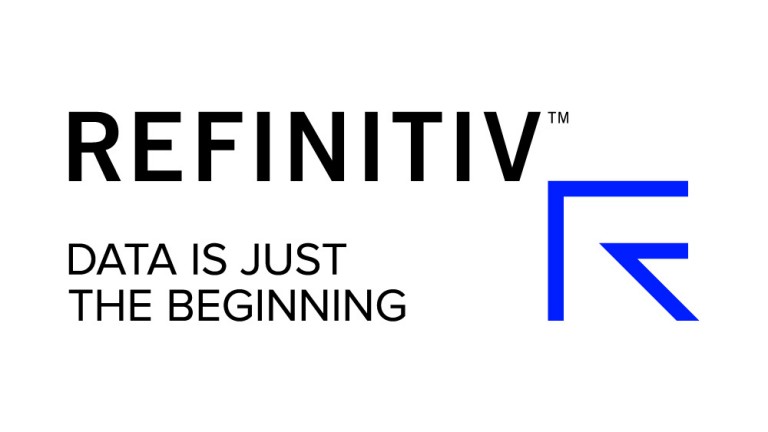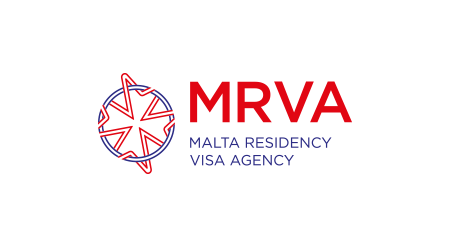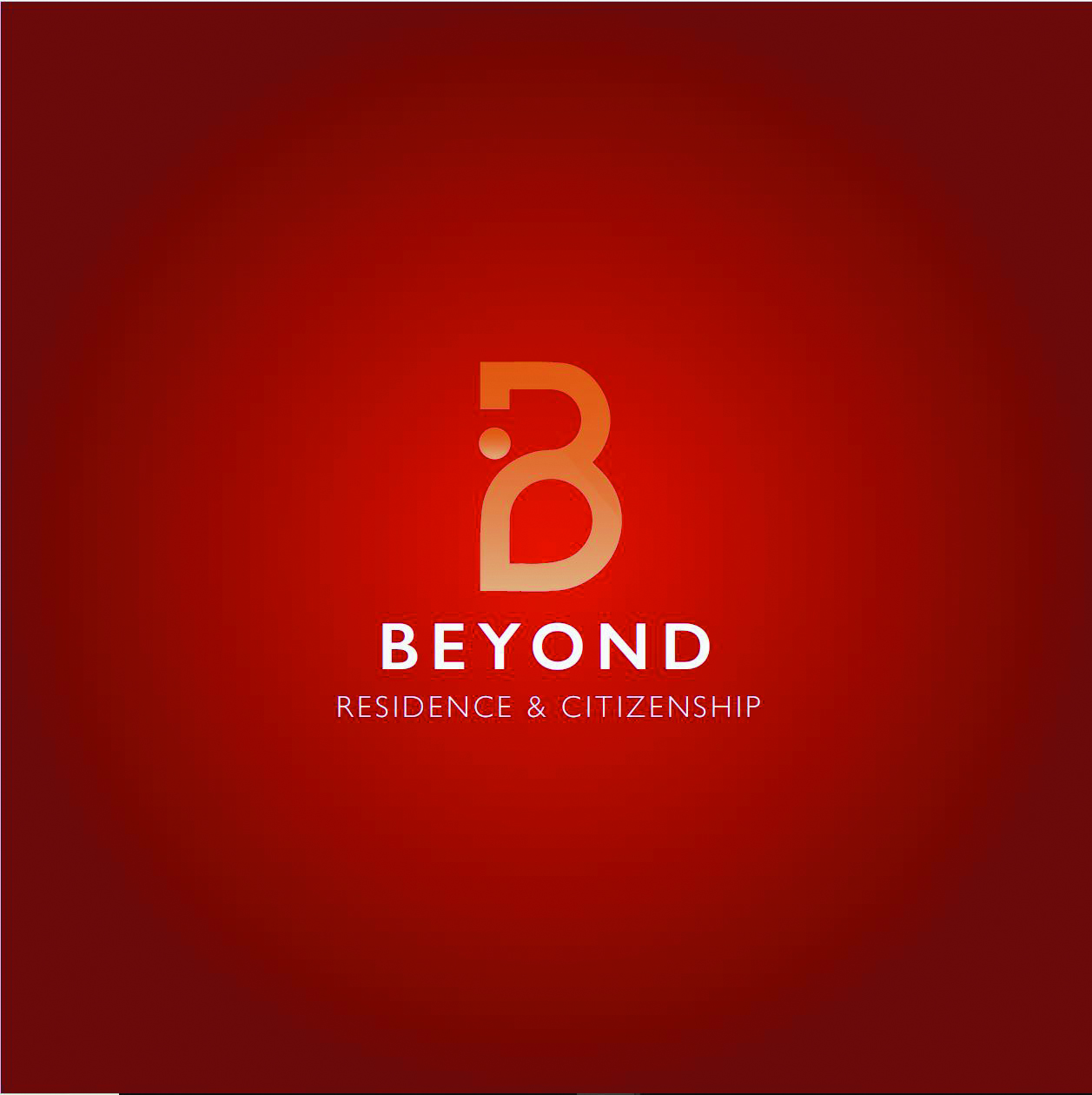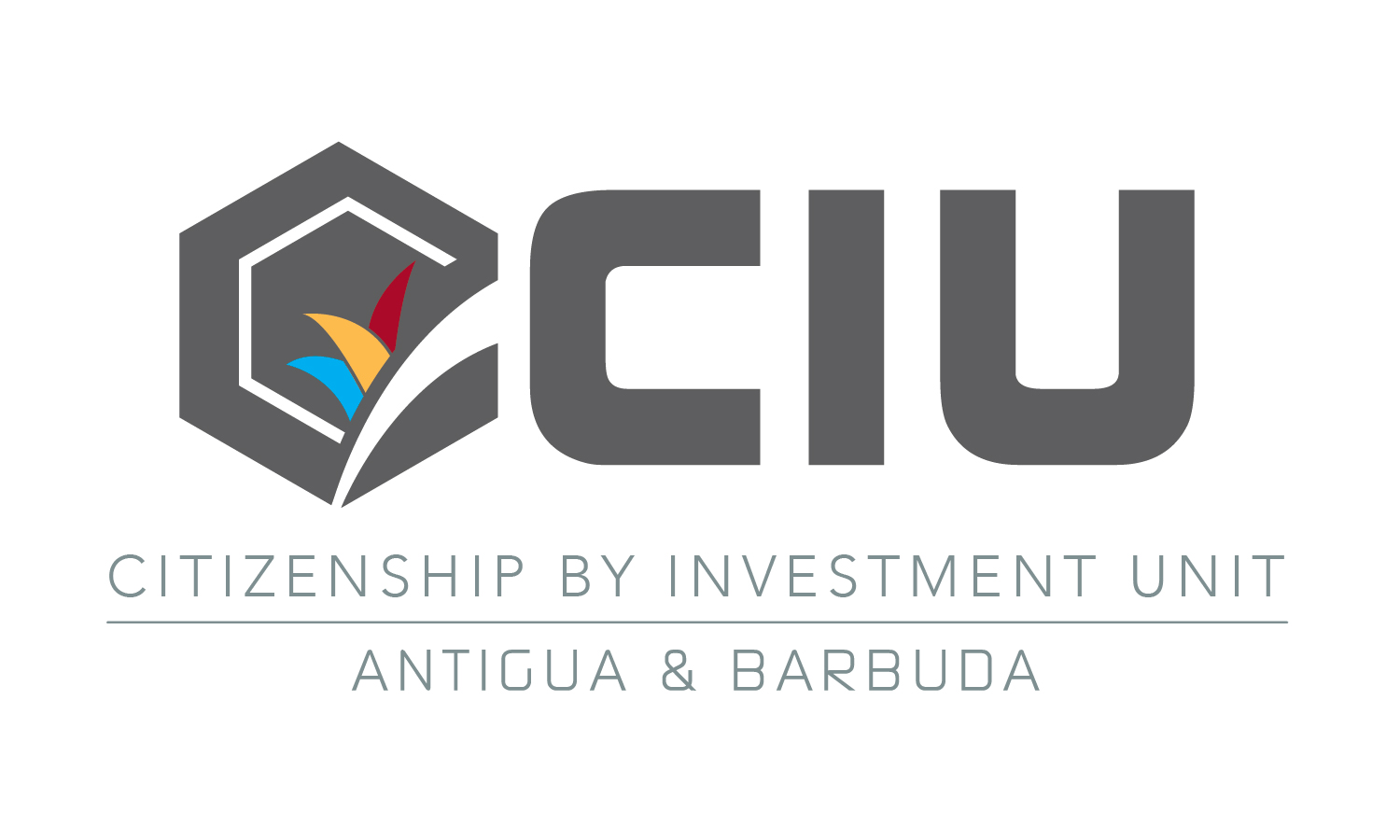Report: IM Yearbook 2019/2020
Media: Investment Migration Yearbook 2019/2020
Sector: Investment Migration
Publication Date: June 2019
Interview Kaspar Korjus, Former Head of Estonia’s e-Residency Programme
The Big Picture Idea: Nation as a Service
Estonia’s e-Residency Programme is partly the brainchild of Kaspar Korjus, the former Head of the Programme. He talks about the programme’s start-up phase, major achievements and its future potential. He says that as more countries build digital services of their own, the idea of nation-as-a-service comes into sharper focus.
Can you give us a brief introduction to Estonia’s e-Residency Programme and tell us how it came about?

Kaspar Korjus
Estonia is a small country, with a population of just 1.3 million. After the collapse of the Soviet Union, when we regained our independence in 1991, we were faced with the challenge of scaling up our nation. We looked to technology to improve our competitiveness in the absence of any other meaningful natural resources. We modernised and digitised many of the old analogue systems, and carved out a niche as a hub for tech start-ups. E-Government was also high on the agenda. A digital ID card was introduced that gives access to a wide range of e-services, including making payments, accessing full health records and online voting. We then developed the idea to take this concept a step further by giving people from across the world access to our public and private online facilities – and the e-Residency Programme was born. E-residents are allowed to open a business in Estonia and run it remotely, while accessing many of our e-services. The idea was to make life and business easier for freelancers, digital nomads, business owners, and entrepreneurs, working in a diverse range of sectors, including IT, financial services and travel.
How was the Programme received initially?
We launched the e-Residency Programme in 2014, and at first, it wasn’t an easy sell. There was a lot of scepticism in Estonia about who would actually want to be an e-resident of our country. We had to change 10 plus laws, which means politicians and policy-makers questioned the concept. We were also not sure if the Programme would be a success, but we realised we were onto something when we attracted the attention of world business and opinion leaders, and got the international media to talk about e-Residency. Among the first foreign e-residents were Edward Lucas, Senior Editor of the Economist, and American venture capitalist Tim Draper. These early adopters bought into the concept more than anything else because initially we did not have many services on offer. It was only when the programme took off that we started developing a suite of services for Estonia’s e-residents. Since the launch of the programme, our e-resident population has grown to approximately 50,000 people in 160 countries. The majority of them are from Finland, Russia, Ukraine, Germany, the USA, UK, Japan, China, and India; but the programme is increasing Estonia’s reputation all over the world. From a political point of view, this fits our national security policy, which is based on building international alliances and raising global awareness of our country.
What services can e-residents access and what types of people are making use of it?
E-Residency cannot be compared to any other residency product or citizenship. E-Residency does not confer citizenship, tax residency, residence, or right of entry into Estonia or to the European Union. It is not a visa or residence permit. Once approved as e-residents, foreigners receive a digital ID, which gives them digital access to services such, as a company creation and banking and payments, while they can digitally sign documents and contracts. E-Residents can also access Estonian government services for businesses. The Programme has been designed with location-independent entrepreneurs in mind, but it also proved particularly attractive to people who are financially excluded or disadvantaged. For example, we saw a surge in interest from Turkey when PayPal stopped operating there. Many don’t realise that there is a huge group of people who cannot sell their products and services on the digital marketplace because they cannot access certain apps and financial services.
What economic impact does the Programme have on Estonia?
Not all e-residents contribute taxes to Estonia, but when they do it is because they set up a company that is legitimately tax resident in Estonia. Many e-residents also generate economic activity when they use our business environment, and conduct business with other Estonian companies and service providers. Estonia has never been a tax haven, but rather an administrative haven. E-residents have created some 6,600 companies in Estonia and, according to an economic impact analysis by Deloitte conducted in 2017, have contributed €14.4 million to the Estonian state and economy. This figure is projected to reach almost €2 billion by 2025, based on the forecasted growth of the e-resident population.
How do you see the concept evolving further?
Last year, a roadmap for e-Residency 2.0 was launched, which mainly aims to improve the current services, make the system more efficient, and help more Estonian companies and industries serve e-residents. One idea is the creation of an Estonian school-franchising model that would create a global network of Estonian schools, which offer a certain standard of education for e-residents’ children. This might be particularly attractive to digital nomads. Another idea is to collect social tax from digital nomads to provide health insurance cover, and access to a pension fund. We have also looked at the concept of a digital nomad visa, which would give digital nomads the ability to stay in Estonia for one year but also give access to a 90-day Schengen Visa to enable them to live and work in the EU. However, the introduction of such a visa is still being discussed, and it remains to be seen whether it will become a reality. In my opinion, e-Residency is just the first step towards a model that can be described as ‘nation-as-a-service’, whereby nations offer different services and citizens can choose what services they would like to use from a particular nation. People are becoming more global and borderless, but there are no nations that are global. This means that there is a huge demand for new services and solutions, and governments could become service providers like any other company.
BIO: After gaining a BSc and MSc in e-Business at Lancaster University, Kaspar returned to Estonia. He started working on e-Residency in 2014, when it was little more than an idea in the minds of a few people. He spearheaded the Programme and served as its Managing Director until the end of 2018. Today, he advises governments on e-services and is available for keynote speeches.
 Related Content
Related Content
Diversify to Grow
Titan of industry is not a term that is easily attributed. Austin Fragomen could lay claim to this title, but it is certainly nothing he would ascribe to himself. However, with more than 4,200 employees, offices in almost 30 countries and a ranking as one of the top 60 legal firms in the US, it is a title that sits easily with someone of his calibre.
Citizenship by Investment: The Real Drivers Behind Applications
Civil unrest, visa-free travel and statelessness are just a few of the reasons behind the recent uptake in applications for citizenship and residency by investment (CRBI). S-RM analyst Sonia Spencer explains the current environment around these sought-after programmes.
The Big Migration Debate: Finding the Missing Link
The migration debate is complex and emotional. Investment migration only accounts for a small part of worldwide migration, yet the industry has the potential to help shape a more productive discussion.
Make a Real Global Impact
Report: IM Yearbook 2019/2020 Media: Investment Migration Yearbook 2019/2020 Sector: Investment Migration Publication Date: June 2019 Simon Anholt, Adviser and Publisher of the Good Country Index Make a Real Global Impact Simon Anholt says the investment migration [...]
Report Sponsors




































